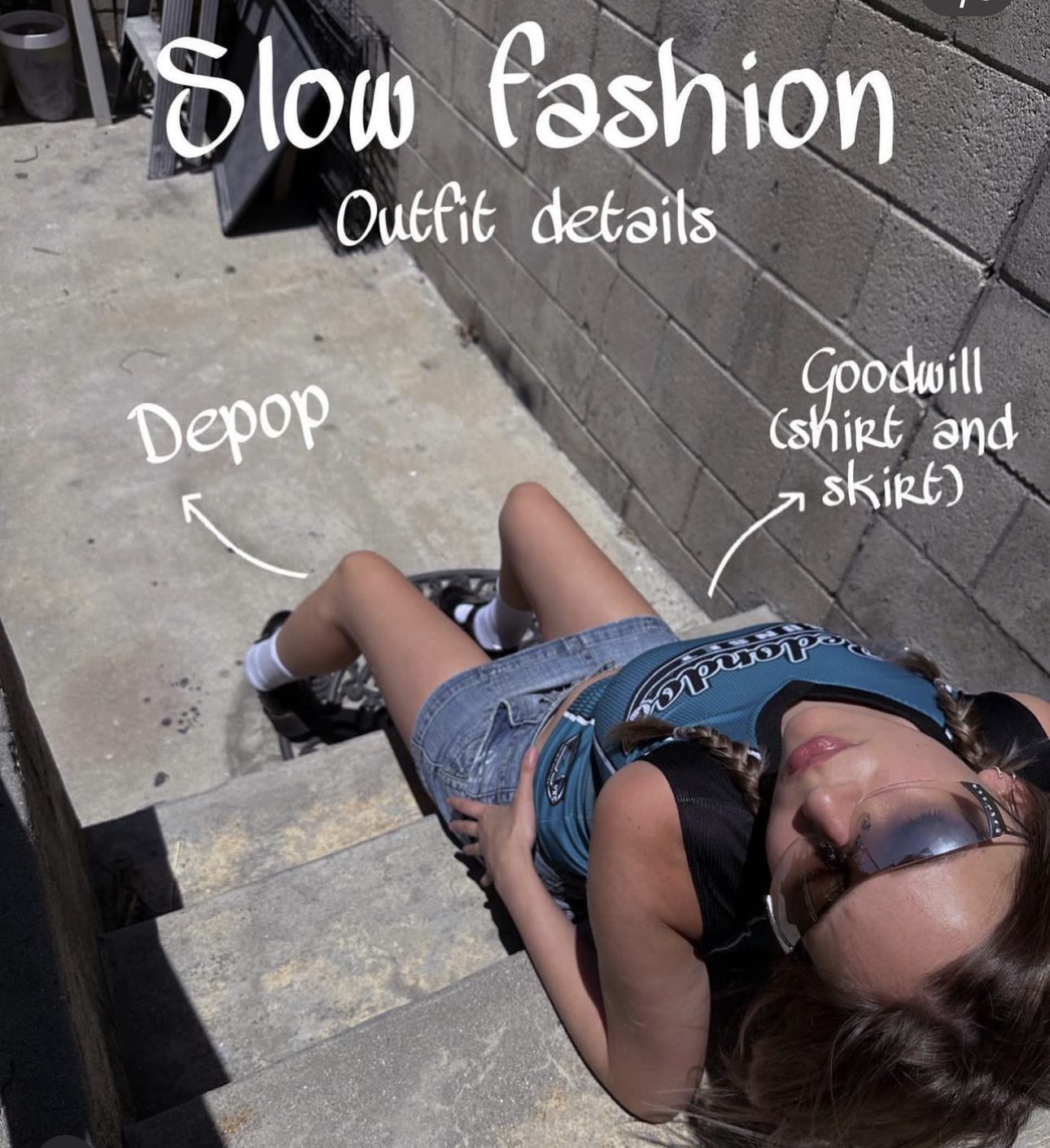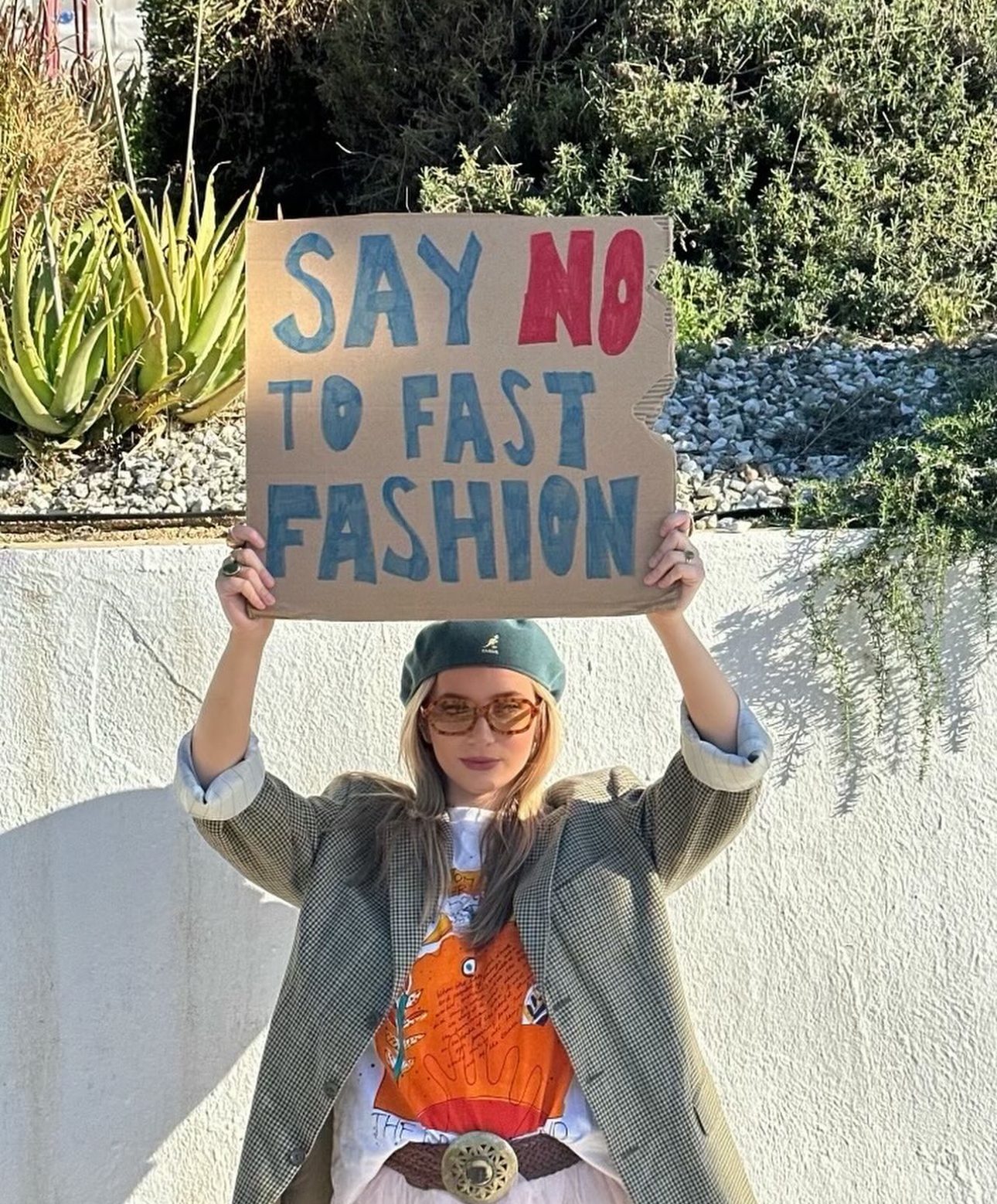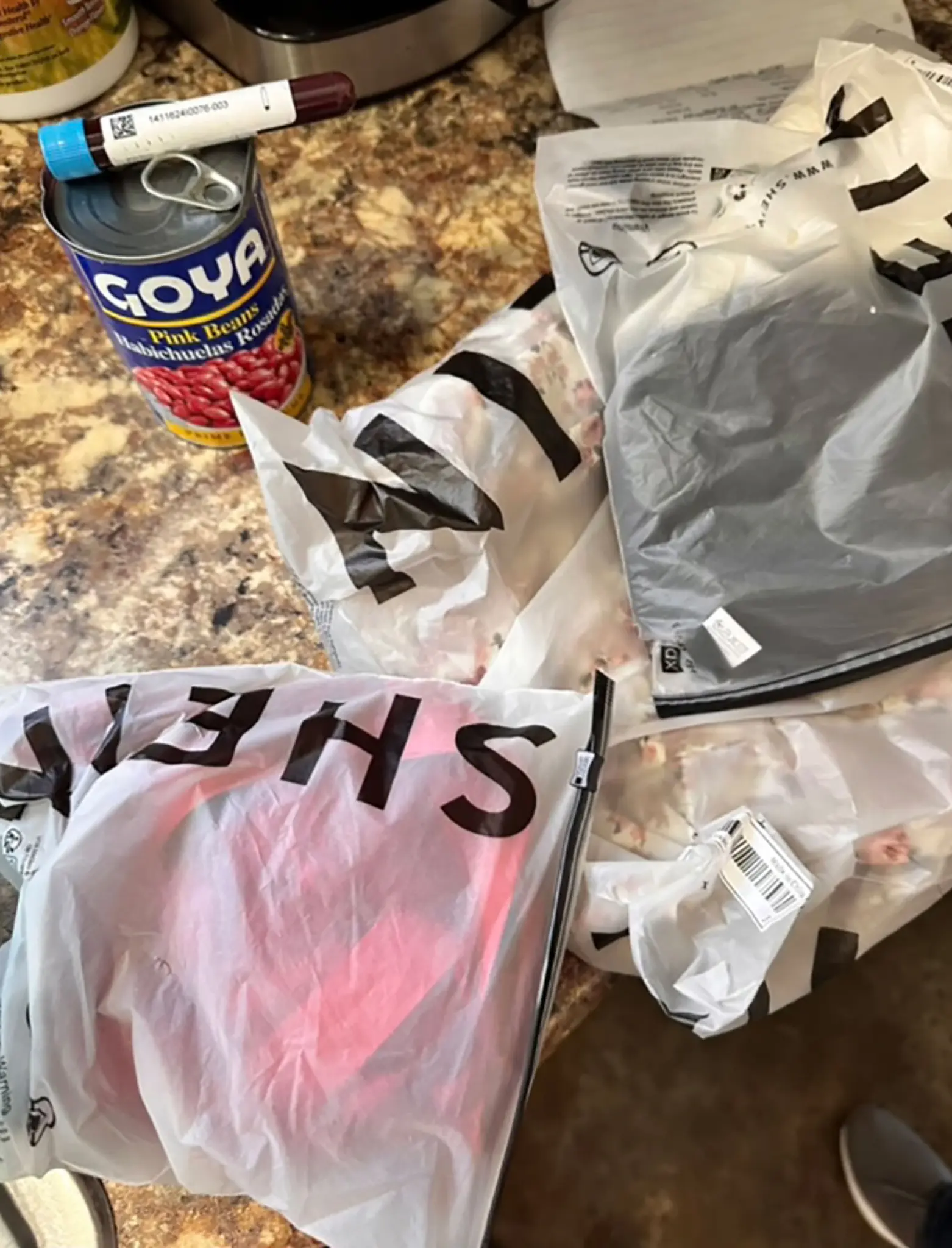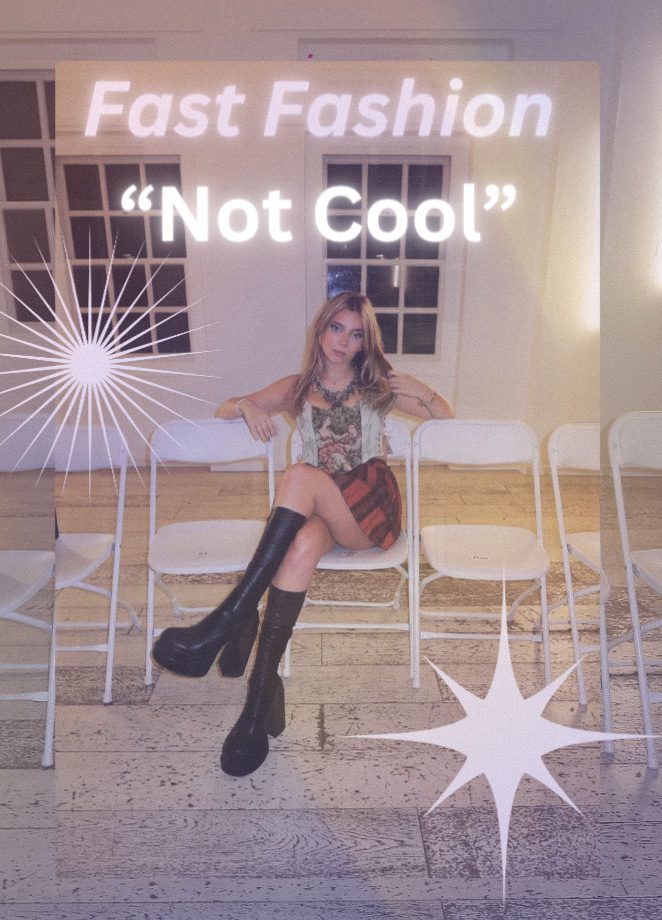If you don’t know what formaldehyde is, just google it and you’ll find out it’s one of the most widely produced chemicals in the world. It’s used in many products including disinfectants, pressed wood, and textiles. It’s also used in the embalming process at morgues to slow down the decomposition of dead bodies for viewings at funerals. It ALSO COULD BE IN YOUR CLOTHING.
It’s used in dead bodies and in our clothes? What?
I’ll get to more of that in a minute, but first let’s learn more about this chemical that is EVERYWHERE!
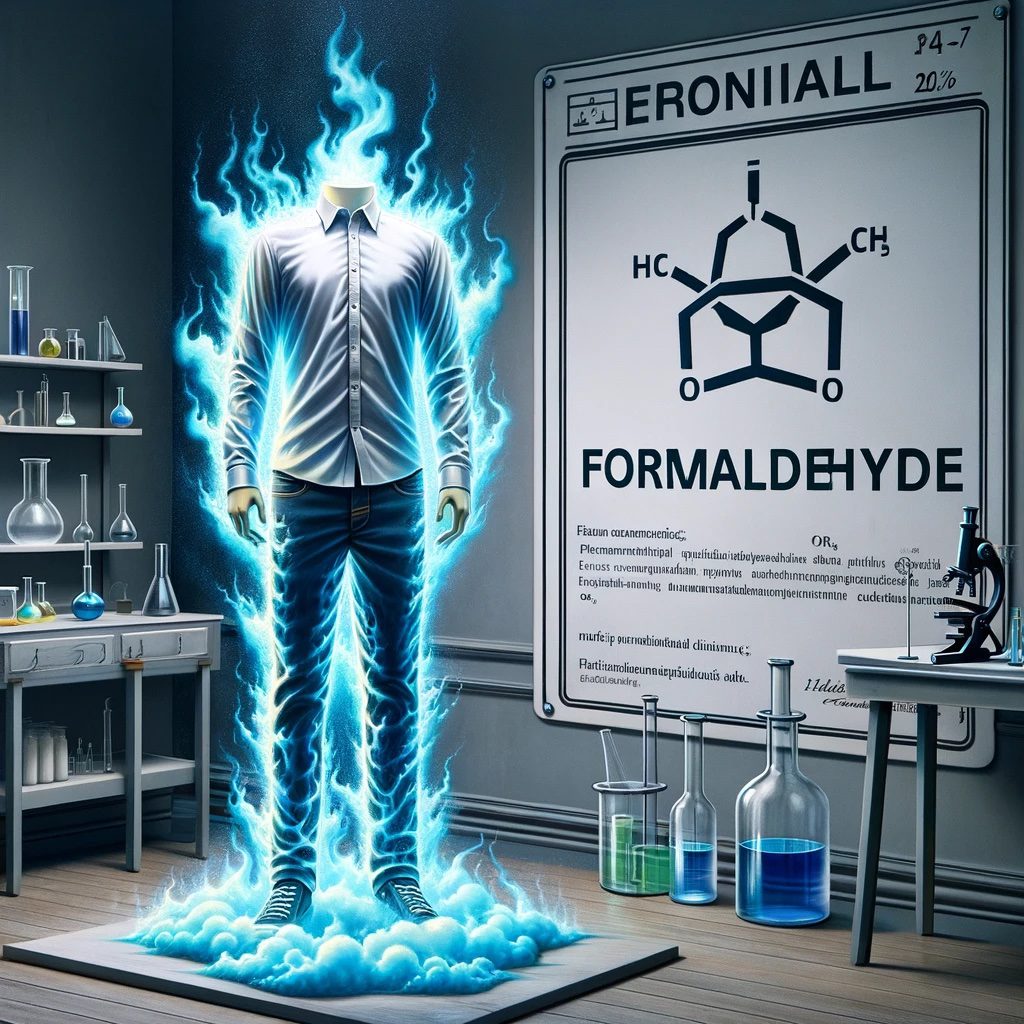
Formaldehyde is also used in the production of fertilizer, paper, plywood, and some resins. It is also used as a food preservative and in household products, such as antiseptics, medicines, and cosmetics.
By the way, the U.S. Environmental Protection Agency (EPA) considers formaldehyde a probable human carcinogen.
Why is Formaldehyde Used in Clothing?
Formaldehyde is used in the textile industry for several reasons:
- Anti-Wrinkle Properties: It helps fabrics resist wrinkles, keeping garments looking crisp and new.
- Durability: It strengthens fabrics, enhancing the longevity of the clothing.
- Mold Prevention: During shipping, especially from humid climates, formaldehyde prevents mold growth on fabrics.
So you may be asking how can a chemical that is considered toxic, in many cases, be used in clothing, medicines and cosmetics?
Trust me, I’m thinking the same thing.
Who Regulates Formaldehyde in the U.S.?
In the United States there are at least four agencies that regulate formaldehyde. U.S. Environmental Protection Agency (EPA), Consumer Product Safety Commission (CPSC), U.S. Department of Housing and Urban Development (HUD), and Food and Drug Administration (FDA).
But formaldehyde is not regulated in clothing in the U.S. It’s been studied in clothing many times and was detected at lower and allegedly safe levels, but now most of the clothes we wear now are not made in the USA. More than 97% of the clothes we buy in the U.S. are made in other countries, according to the American Apparel and Footwear Association. That’s a big change from the 1960s when around 95% of the clothes we wore in the U.S. were made right here.
So are we still confident that the chemicals in clothes are safe if they are made in countries with much lower health standards? I’m certainly not!
How Do I Know If Formaldehyde is in My Clothes or Products?
You can’t just look for formaldehyde on the label. I mean, it could say formaldehyde on the label, but it could also be listed by several names:
- Methanal
- Methanediol
- Timonacic Acid
- Methylene Oxide
- Oxymethyline
- Methylaldehyde
- Oxomethane
- Methylene Glycol
- Formalin
- Dimethoxymethane
What are the Health Risks of Formaldehyde?
According to the EPA, these are the health concerns:
- Respiratory Issues: Acute exposure can cause respiratory symptoms, eye, nose, and throat irritation. Chronic inhalation may lead to more severe respiratory problems.
- Skin Reactions: Direct contact can result in skin irritation and allergic reactions.
- Cancer Risk: Both human and animal studies have linked formaldehyde exposure to an increased risk of cancers, particularly lung and nasopharyngeal cancer. The EPA classifies it as a probable human carcinogen.
- Reproductive Issues: Formaldehyde exposure has been linked to reproductive and developmental health concerns, particularly in women. Studies have observed an increased incidence of menstrual disorders in female workers handling urea-formaldehyde resins. However, it’s important to note that these studies did not fully account for other possible influencing factors. Additionally, research involving hospital equipment sterilizing workers found no direct association between formaldehyde exposure and an increased rate of spontaneous abortions. Animal studies have not shown developmental effects like birth defects due to formaldehyde exposure.
What are the Health Risks to the Most Vulnerable Populations: Babies and Pregnant Women?
In a recent study, researchers investigated the presence of formaldehyde in eco-friendly and conventional clothing for pregnant women, babies, and toddlers in the Catalan market. They also examined the effects of washing on reducing formaldehyde levels in these clothes. Here are the key findings:
- Formaldehyde Detection: Formaldehyde was found in 20% of the clothing samples, with an average level of 8.96 mg/kg. Surprisingly, eco-friendly garments had higher formaldehyde levels compared to regular ones, particularly in bras and panties for pregnant women.
- Exposure Assessment: The study assessed the dermal exposure and health risks for vulnerable groups like pregnant women, babies, and toddlers. Babies had the highest exposure, but both non-carcinogenic and carcinogenic risks were within safe limits according to national regulations.
- Washing Effect: Washing the clothes effectively removed formaldehyde, as none was detected in the washed textile samples.
- Eco-Friendly Clothing: Despite being labeled eco-friendly, these garments still contained formaldehyde, sometimes even at higher levels than conventional clothing. This highlights that “organic cotton” refers only to the cultivation process and not to the manufacturing process, which can still involve chemical additives.
- Health Implications: While the levels of formaldehyde were below legal limits and health risks were considered acceptable, the presence of this carcinogenic chemical in clothing, especially those for vulnerable populations, is a concern.
- Recommendation: The study suggests washing new clothing before use as a simple and effective way to reduce formaldehyde content and associated health risks.
What are Other Countries Doing About Formaldehyde?
So other countries are taking the health risks of formaldehyde more seriously than the U.S. Countries like Canada, Japan, China, Australia, and the European Union have already imposed restrictions or outright bans on formaldehyde in personal care items.
The FDA is currently considering banning formaldehyde in hair straighteners after studies have linked it to causing cancer. Action could come in April of this year.
The European Union is making big restrictions for formaldehyde beyond personal care products. Starting August 2026, there’s going to be a strict limit on the amount of formaldehyde allowed in products like our furniture and clothes. We’re talking about a max of 0.062 mg/m3 for furniture and 0.080 mg/m3 for other items. And by 2027, even cars have to meet these standards!
So What Can You Do? How Do You Protect Yourself from Formaldehyde?
- Wash New Clothes: Always wash new garments before wearing them to remove some of the formaldehyde residues.
- Choose Natural Fibers: Opt for clothing made from natural fibers like cotton, wool, or linen, which are less likely to be treated with formaldehyde.
- Don’t Buy Certain Clothing: Formaldehyde is used to make clothing wrinkle & crease resistant. So when you see wrinkle resistant, don’t buy.
- Look for Certifications: Seek out clothing with certifications like OEKO-TEX, which ensures that the garment is free from harmful levels of formaldehyde.
- Ventilate Your Space: Ensure good air circulation in your home to reduce the concentration of any off-gassing chemicals from new clothing.
The use of formaldehyde in clothing is a concerning practice. Who knows when we’ll see federal agencies in the U.S. start to regulate it.
But when you open clothing and it smells badly? Well that might be formaldehyde or other chemicals so take precautions.
As consumers, it’s crucial to be aware of these dangers and take proactive steps to protect ourselves and our families. By making informed choices and advocating for safer manufacturing practices, we can influence the industry towards more health-conscious and environmentally friendly alternatives.

Follow me on my socials:
- Instagram: @lexysilverstein
- Youtube: Lexy Silverstein
- Twitter: @eLEXYfy
- TikTok: @lexysilverstein
- Facebook: Lexy Silverstein
- Liketoknow.it/lexysilverstein


